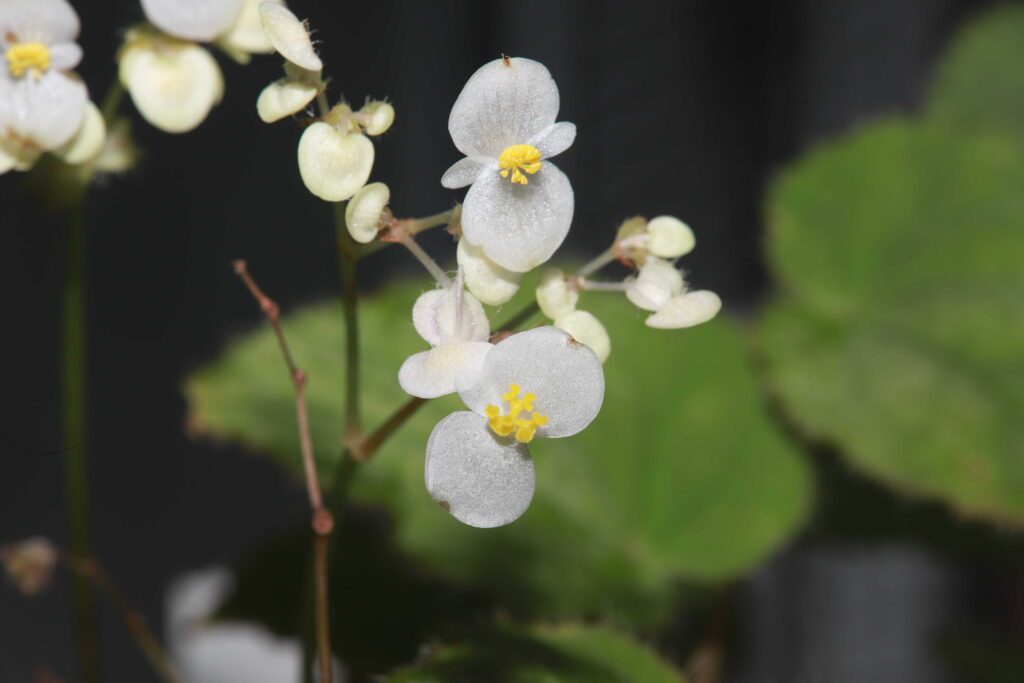A new species of Begonia has been identified by researchers from the Xishuangbanna Tropical Botanical Garden (XTBG) of the Chinese Academy of Sciences during a field survey in Pingxiang City, Guangxi Zhuang Autonomous Region, China. The discovery, made in November 2020, was recently detailed in the journal Taiwania.
Named Begonia pingxiangensis, the species was found on a limestone mountain and brought into cultivation at the botanical garden. After examining herbarium specimens and reviewing existing literature, researchers confirmed its novelty. The name references its type locality, Pingxiang, Guangxi.
Begonia pingxiangensis is a perennial herb that grows up to 20 cm tall. It shares similarities with Begonia daxinensis, but differs in leaf shape, size, flower color, and floral dimensions. Its leaf blades are ovate to broadly ovate, smaller in size (4–8 × 3–7 cm), and its flowers are white, with smaller staminate and pistillate flower parts compared to Begonia daxinensis.
Endemic to Guangxi, this species is known only from Puzhai Community, Youyi Town, Pingxiang City, where it grows on rock surfaces under karst forest cover at an elevation of 320 meters. The species has been assessed as Endangered (EN) under IUCN Red List criteria due to its limited population of fewer than 60 mature individuals spread across five small subpopulations within a 2 km² area.
This discovery underscores the rich biodiversity of China’s karst landscapes and highlights the importance of conservation efforts for its endemic flora.






